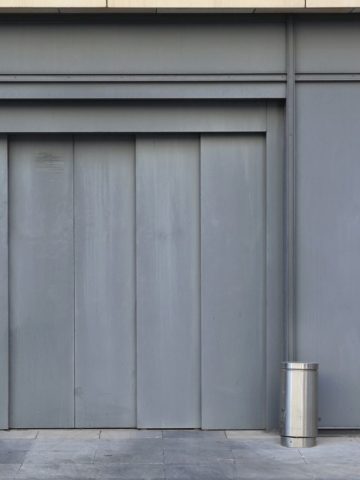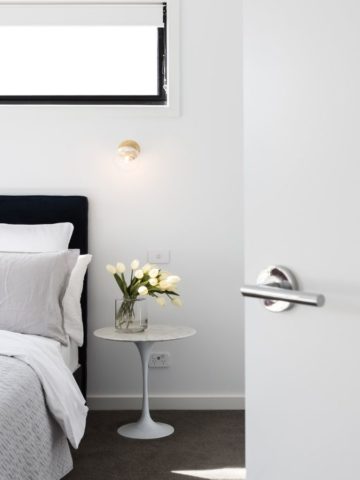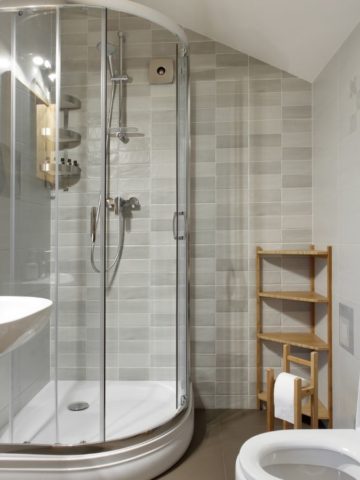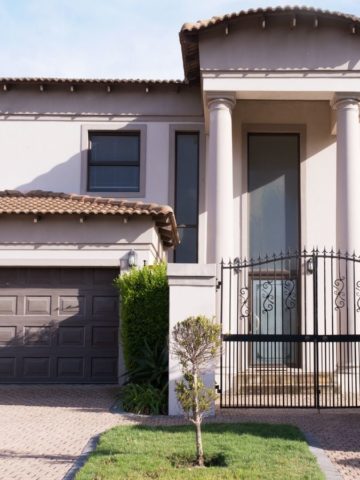Roofing protects the home against the elements, among other benefits. There are many types to choose from, including wood, steel, copper, aluminum, etc. The number of households in Australia will increase to 12 million in 2036, and one of the most vital elements of these houses is the roofs.
Benefits of Metal Roofing
Metals are one of the most preferred materials as it is both lightweight and durable. They also carry the benefit of being used for reroofing. They can provide fire protection, resist hail damage, and wind uplift.
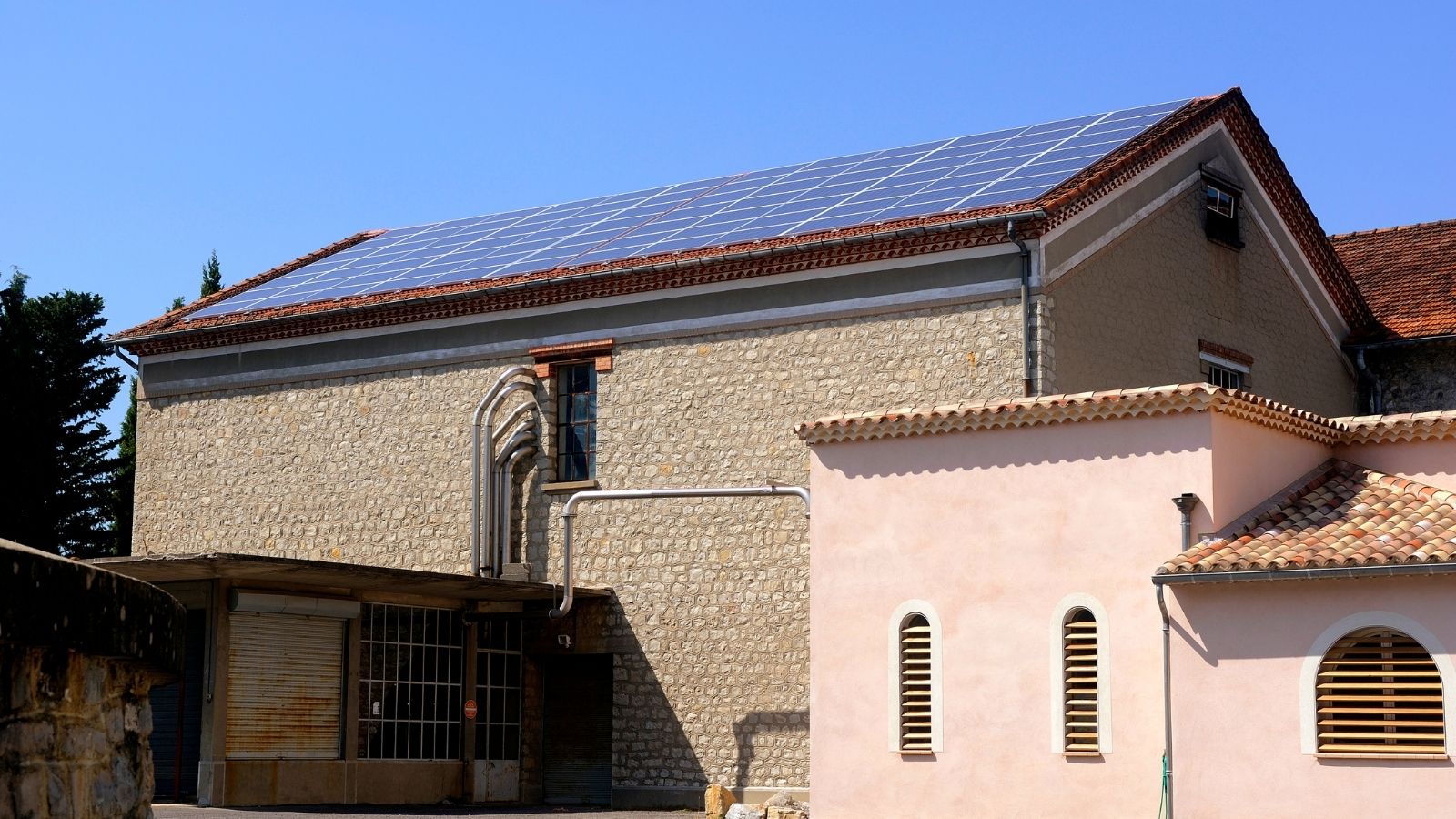
They are also environmentally friendly. Metal roofing supply companies aim to provide products that are easy to recycle, and save energy expenses. They have solar reflexive qualities that lower cooling costs and protect against mildew, cracking, curl, and split.
- Fire Protection:- Most metal roofing has passed tests to clear fire ratings (Class A, B, and C)
- Aesthetics:- Metal roofs can take on any coatings and innumerable colors. It has high adaptability to patterns and a wide array of functional profiles. It provides architects with extensive creative flexibility.
- Lightweight:- A 100 square feet of metal roof weighs around 30-140 pounds. It makes them one of the lowest-weighing roofing solutions available today. They are ideal for retrofit projects due to their low weight.
It is Versatile:
It can be changed to adapt to any function. From industrial to residential housing, metal roofing supply meets the needs of any audience. Corrugated, polycarbonate, fiberglass, and galvalume variants are cost-effective options. They are maintenance-free and last over 50 years. Other than being energy-efficient, they are also a sustainable material.
It is reflexive
Installation of metal roofing can help one save over 40 percent in energy costs. Emissive roofs also reduce air temperatures in cities up to 12 F.
The following are some common types of Metals used for roofing:
Steel Roofing:
It is one of the primary materials used in metal roofing. It is sturdier and more durable than aluminum. However, a lot of roofing material labeled as steel roofing is often a combination of materials or alloys. Two primary gauges are mainly for roofing, and they are
- G-60
- G-90
The latter is thinner and cost-effective. One can typically find it in corrugated and low-end ribbed metal roofing panels.
Aluminium Roofing:
It is a relatively soft and lightweight material. Therefore it is more vulnerable to damage and denting. It is more prone to damage than steel as it is not as sturdy as the latter. However, aluminum is more prone to rusting and corrosion. Steel may rust sooner if the finish or coating is compromised. One can make aluminum look like steel by painting it so. It is suitable for coastal areas where a building is more prone to moisture exposure.
Environmentalists do not advise using aluminum because of the tremendous energy costs it incurs. One can change old aluminum roofing for newer steel variants.
Copper Roofing:
It has been in use for roofing purposes for centuries. It neither rusts nor loses its finish. It is soft enough to be easily malleable and naturally weathers to a beautiful shade. They can last hundreds of years. This reason makes it highly expensive, and they are not affordable for housing purposes. So they are incorporated more into the minute details of architecture. They can be added to bay windows or provide roof detailing.
Stainless Steel coating:
Although expensive, it is not prone to rust or corrosion, as the name suggests. One can combine them with terne coating, and other alloys to strengthen it, and it also gives a distinct color finish.
Conclusion:
Be it a corrugated or a ribbed design; a metal roof finish gives a facelift to any porch or home.

